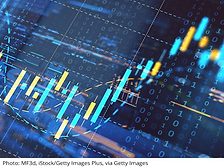Home » Keywords: » raw materials
Items Tagged with 'raw materials'
ARTICLES
Scrub Resistance of Latex Paints
Importance, Dependence on Raw Materials, Formulations, and Quality Characteristics of Architectural Coatings
Read More
EVENTS
Sponsored Webinar
7/9/24 to 7/9/25
Contact: Ian
Bio-Based VITA Products: Maximum Sustainability Benefit Without Impacting Performance
Keep the info flowing with our eNewsletters!
Get the latest industry updates tailored your way.
JOIN TODAY!Copyright ©2025. All Rights Reserved BNP Media.
Design, CMS, Hosting & Web Development :: ePublishing









-personnel-announcements-(1).jpg?height=168&t=1681478349&width=275)

